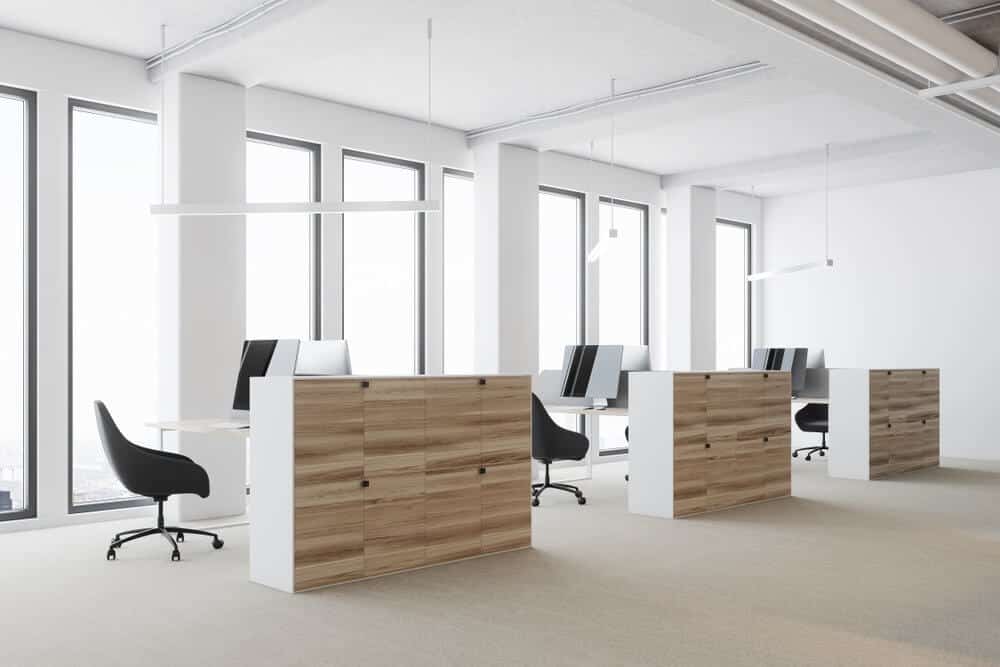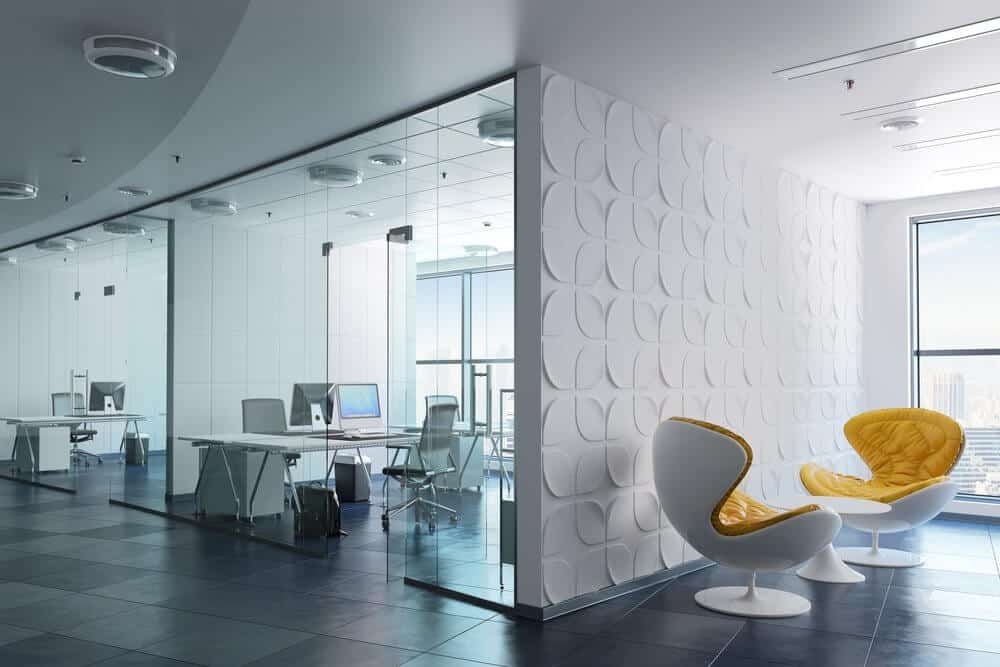How to Make Your Office Space Inclusive for Introverts

Albert Einstein, Isaac Newton, Bill Gates. Our culture is full of famous introverts who have made some very important advances for humanity. Research has shown that introverts carry inherent traits that make them amazing leaders, such as a penchant for thoughtful problem solving and the ability to make more meaningful connections with other people.
In a famous TED talk about the power of introverts, Susan Cain mentions that one out of every three people are introverts. Considering that introverts prefer quiet workspaces with some degree of privacy, this statistic suggests that a third of employees in any given office might struggle to adapt to the rising trend of open offices.
The question therefore becomes, how can you design an office to ensure it is inclusive for all types of employees? The modern office needs to allow for both privacy and collaboration in order to strike the right balance for all personalities. As the facility manager, there are a number of ways that you can ensure your diverse pool of employees feel comfortable and secure in your office.
Divide the office into different sections

Today, up to 70% of U.S. companies have embraced the open plan office. However, this particular office design is not the invention of the modern business world, but in fact has been around for centuries, with one particularly well-designed space by the renowned architect Frank Lloyd Wright in 1939.
What was remarkable about Wright’s open office was that it managed to achieve a balance between open space and a sense of privacy. His design ensured a good distance was kept between each desk, managers had private offices on the mezzanine and all employees enjoyed loads of natural light. The success of these early open offices suggests that the design can work for all types of employees, but that personal space must be prioritized.
When designing an open plan office, it’s important to ensure that areas of the office are reserved for quiet work. In today’s mobile workplace where most employees have access to a laptop and therefore have the ability to move around the office, it is important to provide spaces where introverts—and anyone seeking a little solitude for some heads-down work—can retreat when the hustle and bustle of the office becomes a little too distracting.
Instead of assigning employees a specific seat, it’s worth considering hot desking. By doing this, introverts are free to embrace those quiet corners of the office where they can get work done. Employees can decide where they want to sit based on where they feel comfortable and what sort of work they’ll be doing, and simply reserve a seat through desk booking software.
Use multiple channels of communication

Just because colleagues are accessible in an open office space doesn’t mean the best way to communicate is to speak up. While team brainstorms, water cooler chats and verbal discussions are useful, the need for privacy and focus should also be taken into consideration. As such, it’s important that multiple channels of communication be made available to employees. Tools such as Slack allow employees to converse with one another without creating distractions, and written communication allows everyone to join the discussion. In particular, tools like this provide introverts time to think through their contributions while also creating room for extroverts to jump in spontaneously.
Similarly, consider shaking up the way you conduct meetings. Not all employees perform well when they’re put on the spot and expected to contribute verbally. One-on-one meetings, a channel for feedback through documents or online chat and asynchronous communication can all be inclusive ways to let introverts do their best work.
By creating an inclusive office space that encourages both privacy and collaboration, you’ll allow both introverts and extroverts to thrive according to their individual needs, which in turn will result in higher employee satisfaction and engagement. By allowing for both quiet work spaces and more bustling and collaborative areas, FMs can ensure their office is equipped to offer inclusivity to all employees.
For ideas on how to create a comfortable office space, consider these four tips.
Photo Credits: Shutterstock / ImageFlow, Shutterstock / Digital Genetics, Shutterstock / sirtravelalot




